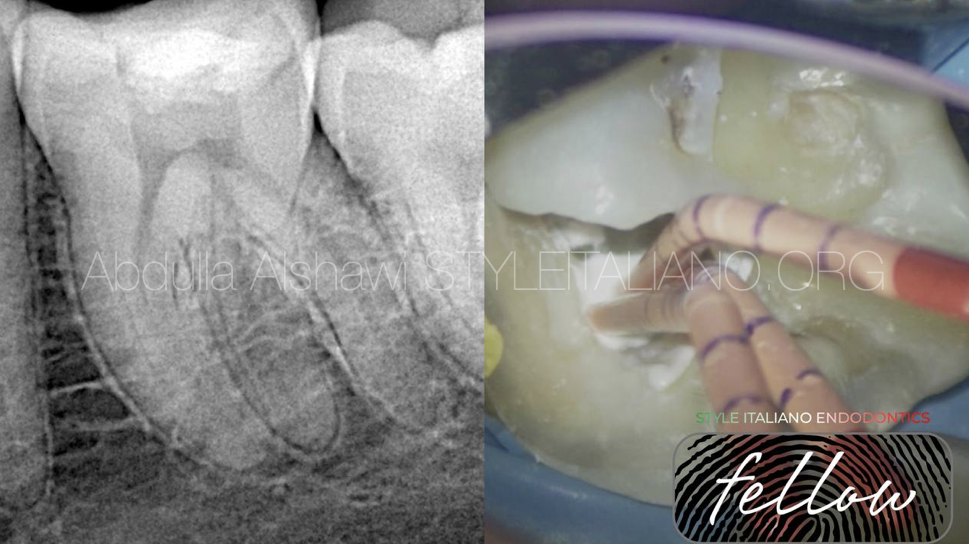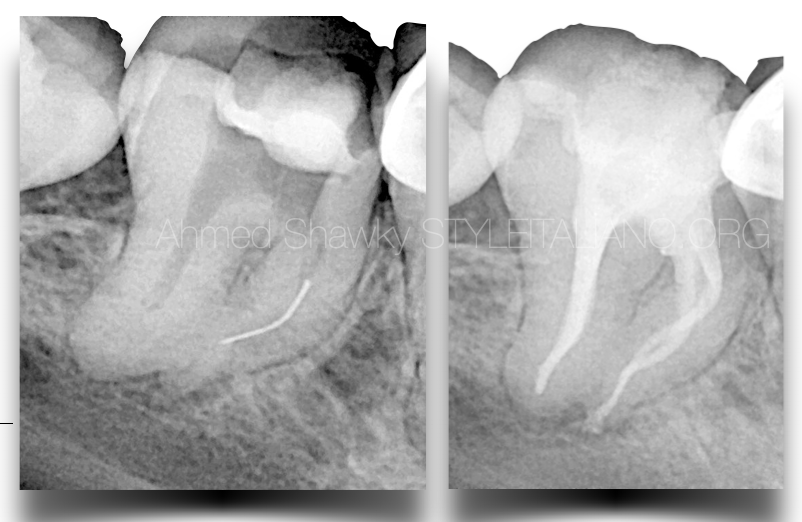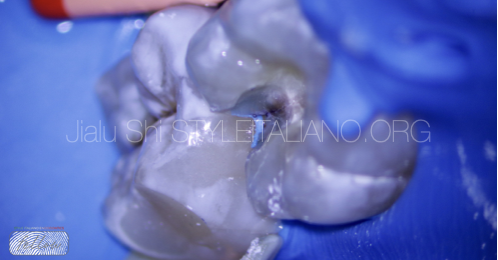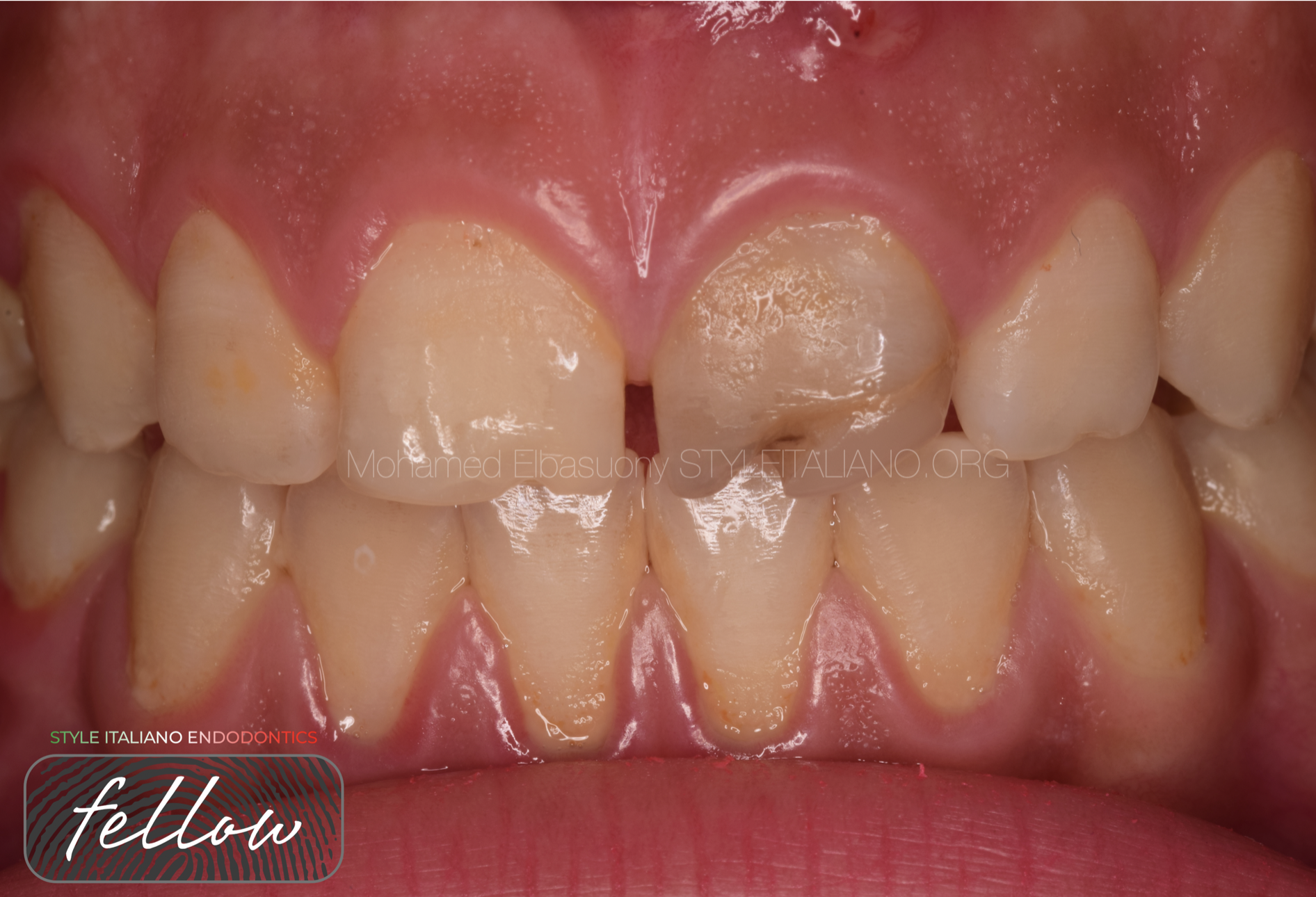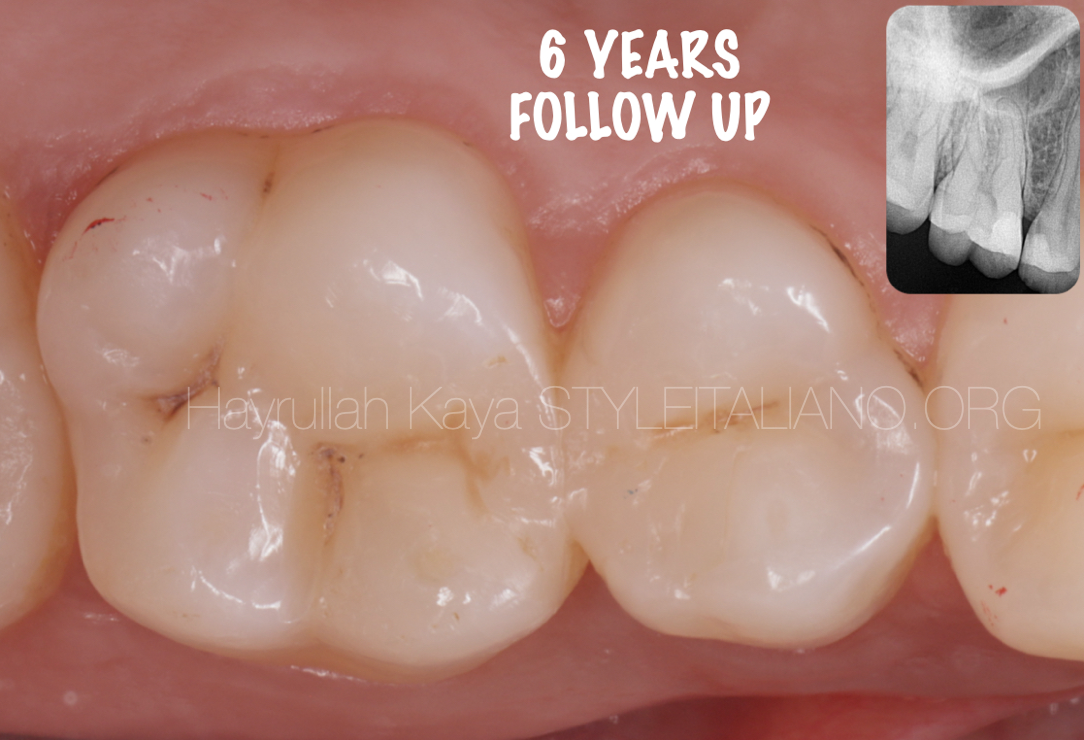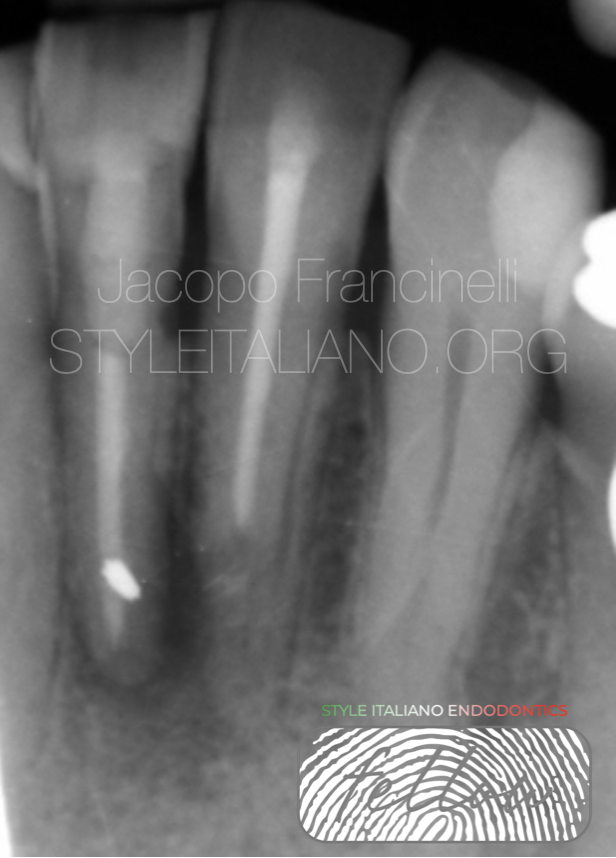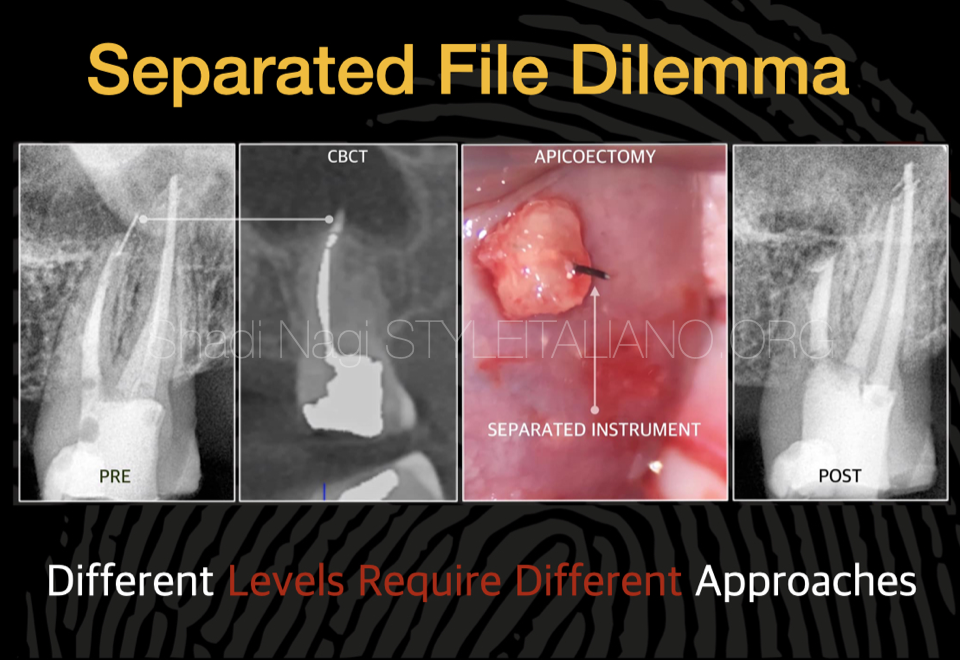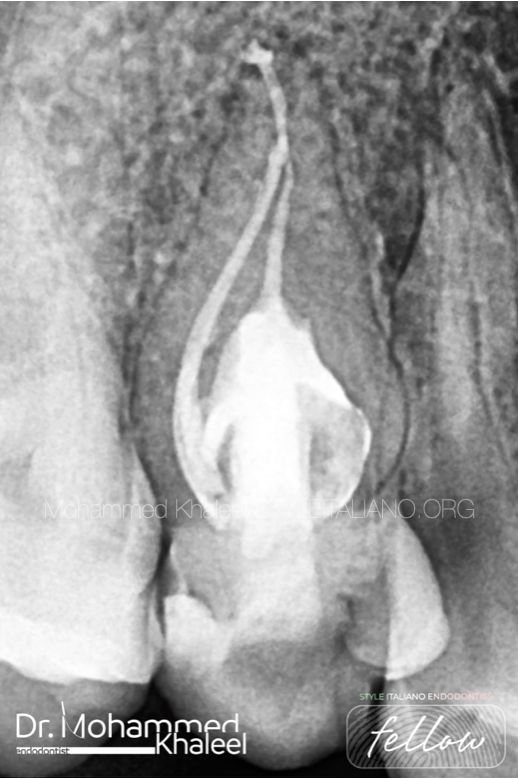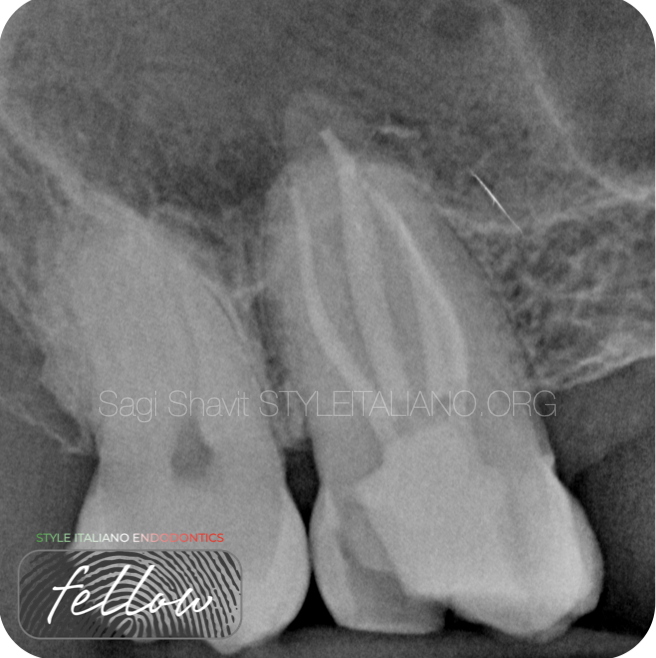After conducting a lot of studies of the internal anatomy of the first
mandibular molar, it was found that there is a lot of diversity in the
internal anatomy of the tooth, and taking advantage of the studies
that were conducted, it was found that the main reason of the failure of endodontic treatment occurs due to missing canal
of the first molar.
Therefore, one must understand and bear in mind the difference in
the internal anatomy of the teeth when you need to do endodontic
treatments.

